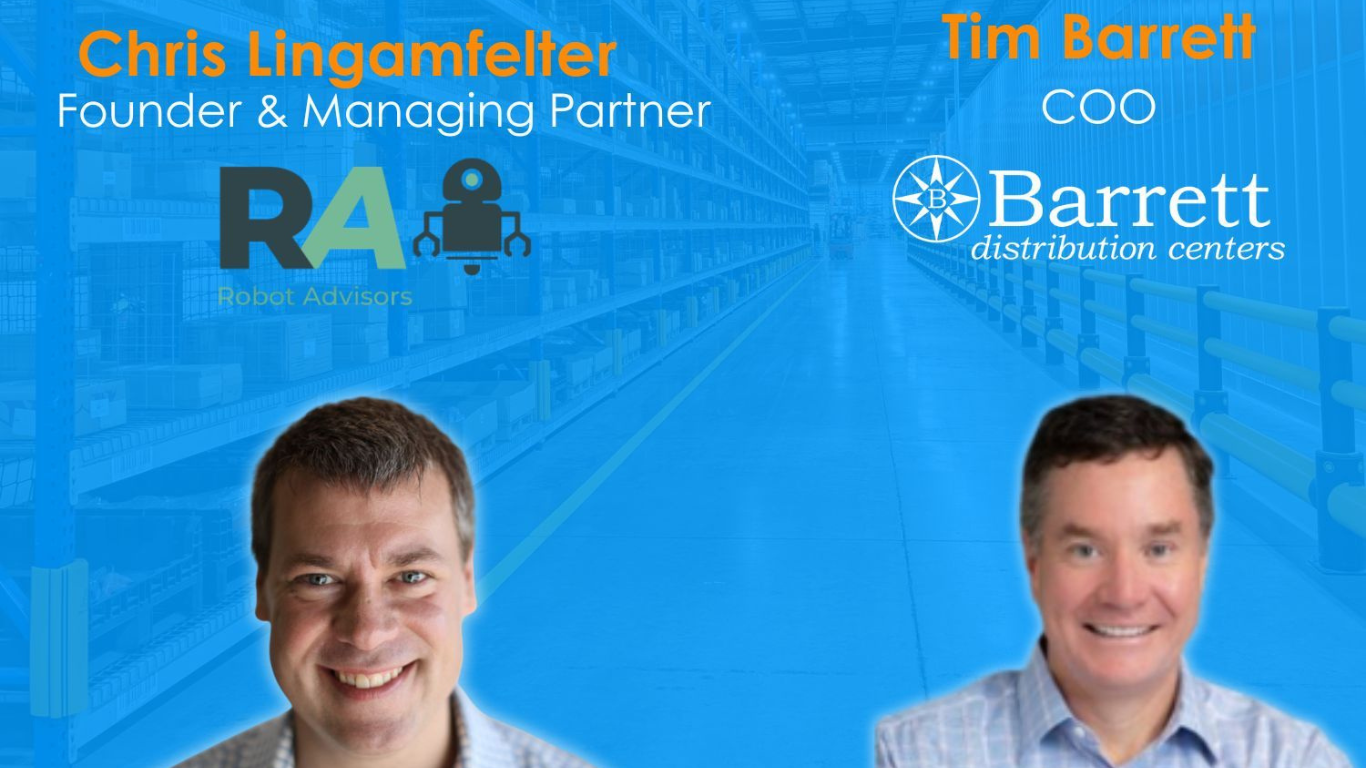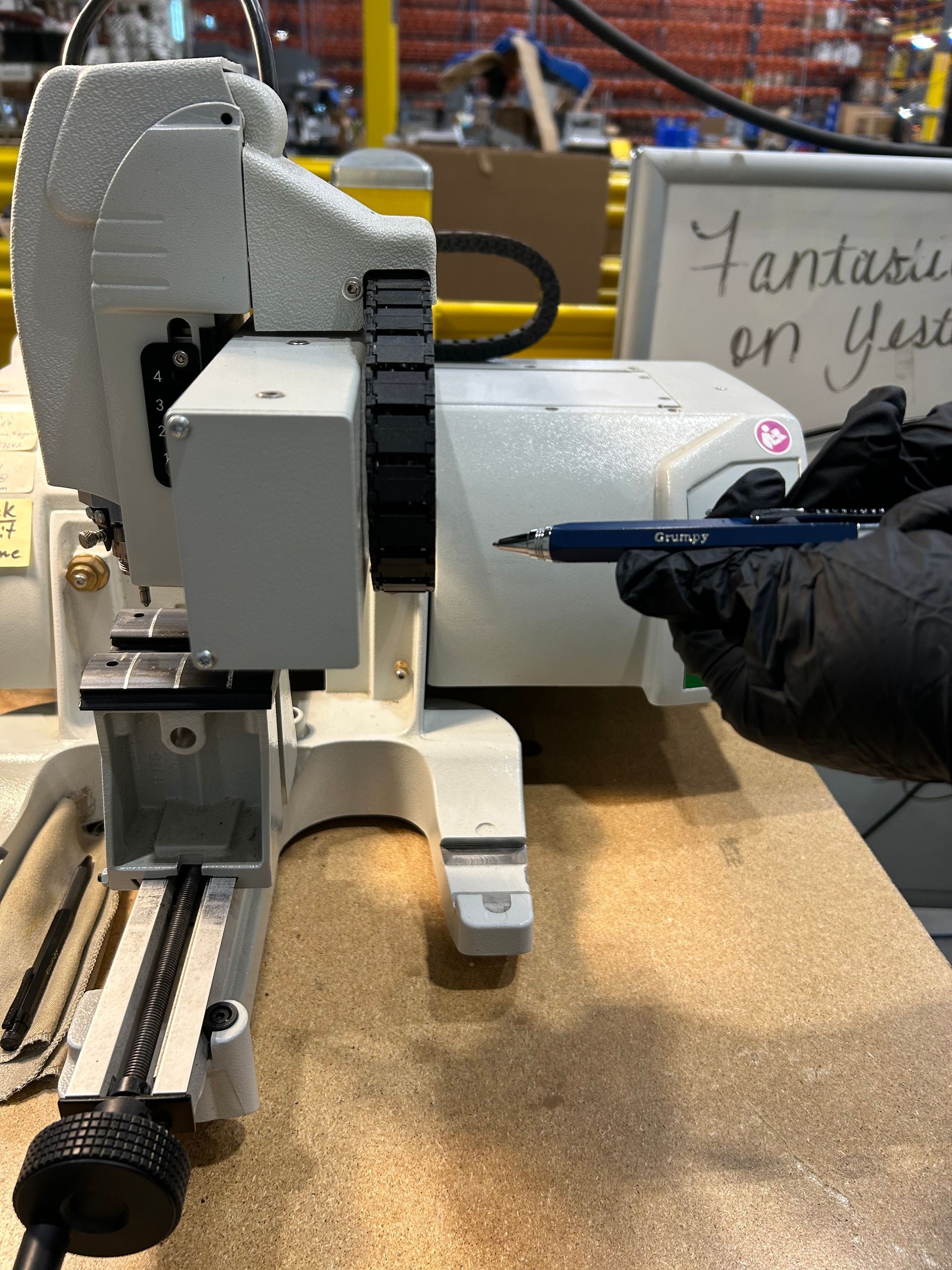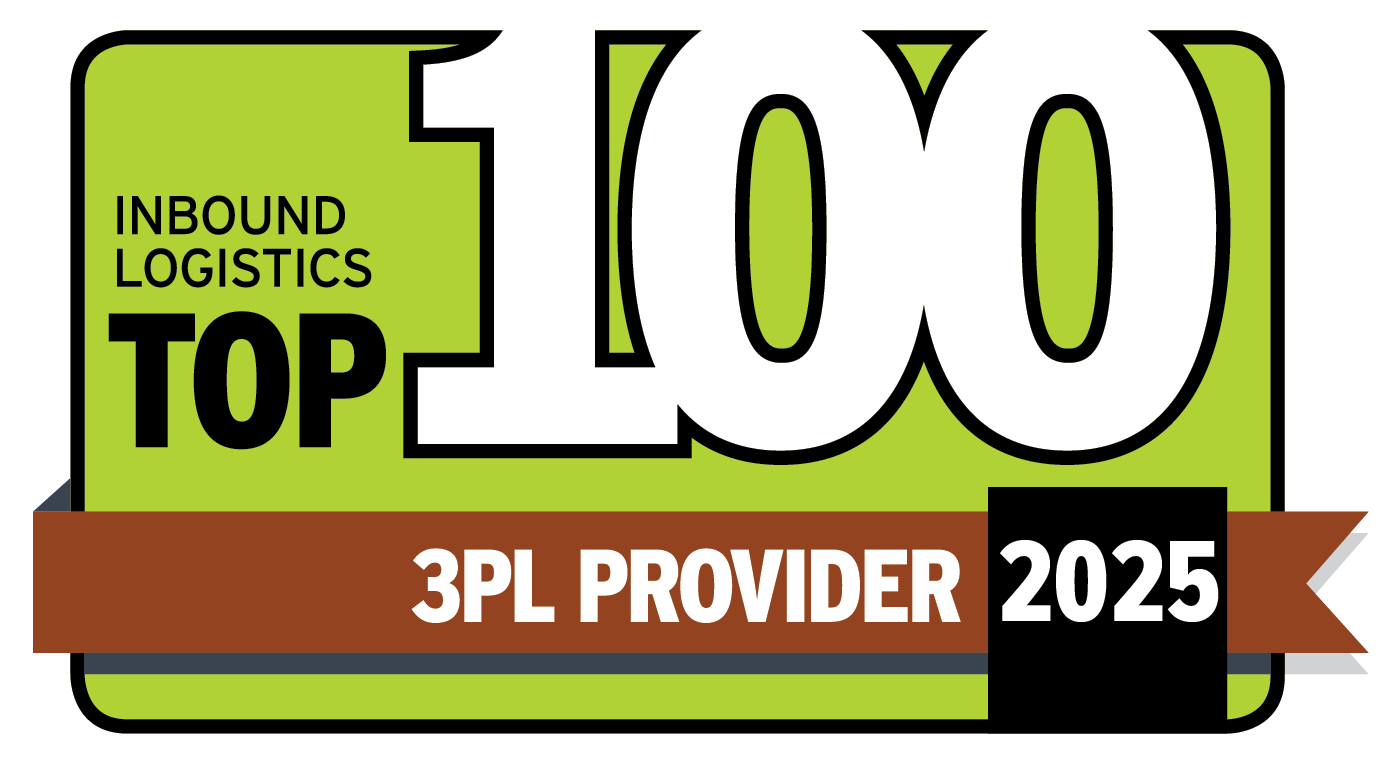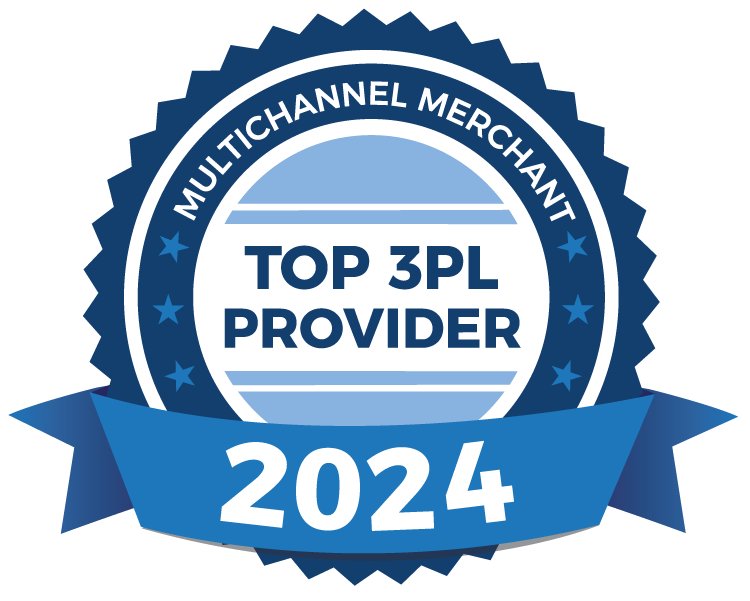Electronics Fulfillment: The Growing Role of Reverse Logistics
After a long spring and summer, football is finally back on the horizon. NFL teams are in camp, preseason games are quickly approaching and this is the year you’ve finally decided to upgrade your viewing experience. We’re not talking about season tickets. This is better. A brand new, 70-inch ultra HD television. The gameday experience is going to come alive in your living room. It will be as if you’re actually on the field.
So the day finally comes. The delivery truck has left your driveway and as you peel the box back you notice a crack that spans from one corner to the center of the screen. Luckily for you, there are still a few days before the first game kicks off. For the electronics retailer and manufacturer, this will be another component that enters the reverse logistics cycle.
Reverse logistics is a long overlooked element of the total product lifecycle. While forward logistics commands focus (the flow of products from the factory to the end user), reverse logistics occurs after a product has reached the customer. The world of reverse logistics encompasses everything from returns, repairs, warranty recovery, recalls, refurbishment and everything that sends the product back away from the consumer.
Electronics and technology products boast the highest rate of return out of any industry, where 20% of devices are returned. The key reason that reverse logistics needs to be a focus in this industry is due to the quick lifecycle for these high velocity products. With the rapid development of new devices, the window to generate revenue from current models is increasingly short. Streamlining reverse logistics operations cannot only improve the bottom line, but also the customer experience.
Visibility in reverse logistics is historically low. Traditionally seen as a simple cost center, a poorly managed reverse logistics process leaves a lot of money on the table. In 2010, Aberdeen prepared a study showing that manufacturers spent anywhere from 9 to 15 percent of revenues on returns (wow!). Preparing a focused reverse logistics strategy can recoup some of this lost revenue.
Obviously, the best way to recoup lost revenue from returns is to get products back to the marketplace as quickly as possible. A study by Resolve shows that 70 to 85 percent of electronics that are returned and tested have no defects. This is a key statistic, because when a finished product is priced and sold, it includes the potential costs of service and parts. When returns are mismanaged, these parts and products cost the company more than intended, meaning money is left on the table. However, when a company can deem a product as “No Fault Found” and navigate it back into its supply, that company just saved 100 percent of its material cost. So how can reverse logistics be an optimized element that enhances the entire supply chain?
- Increase visibility: Integrating technology to promote visibility across the entire fulfillment operation can streamline both forward and reverse logistics.
- Velocity: Focus on a strategy to get products and parts back into the market and to customers as quickly as possible. Build the infrastructure to be able to manage, repackage and remarket returns.
With companies shifting more resources to the end of the product lifecycle, reverse logistics will become a more defined competitive advantage for entities that can reclaim lost revenues quickly. At Barrett Distribution Centers, the resources, tools and skills required to meet the increasing retail and electronic sector demands have been developed and proven.
Recent Blog Posts
